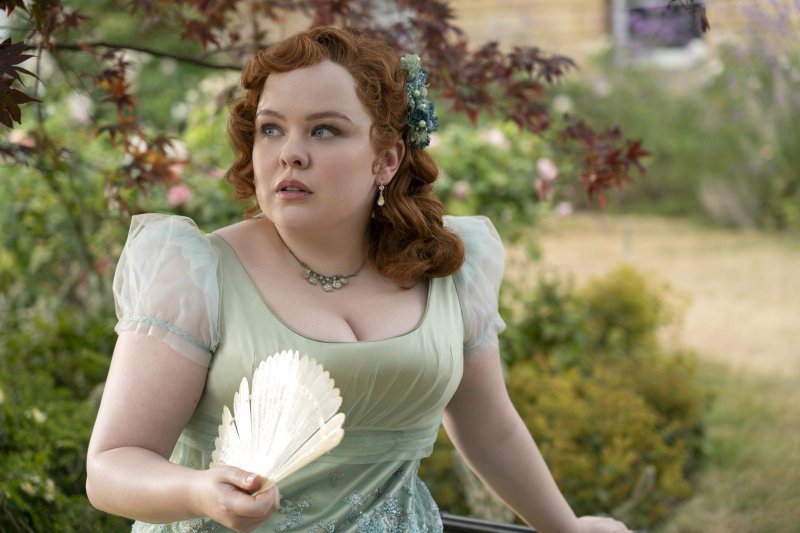Late last year during my travels to South America, I visited a small Andean Indian village located at 3762m above sea level called Chinchero in Peru. The town boasted beautiful views of Inca ruins with the snow-capped mountain of Salkantay in the background. Chinchero is believed to be the mythical birthplace of the rainbow and is home to the famous Peruvian weaving so we decided to pay a visit to see what was on offer at the colourful local markets and I was eager to learn firsthand how they made their textiles.
We were excited to be greeted by some of the local community, all dressed in traditional costume. I was fascinated by the length of their hair and the huge pom pom accessories which depicted whether they were married or single. We were sat down and given some Cocoa Tea and shown how they produce different dyes for the wool, how it is washed, spun and woven. Weaving is extremely important to almost every Inca family as a source of generating income and there are thousands of techniques, layouts, styles and practices associated with Peruvian weaving which are still carried out today.

During the first process, the wool is washed using a plant known as Sacha Paraqay which is grated into the water, ensuring the fibres come out clean and white. The wool is then dried and spun into yarn, forming a continuous strand of wool for the weaving process. Before weaving, the wool is dyed using local and natural ingredients such as plants and minerals for vibrant colours with no harsh chemicals. I was a bit grossed out to see some crushed bugs from cactus are also used but the dramatic colours were amazing and they could be altered by adding things like lemon or salt to the mix.




Some of the looming techniques involved two people threading the yarn through to produce a reversible fabric and some were more complex designs taking years of work. The work was totally different from techniques used in the modern world today, as rather than using a pattern like we do for many sewing projects, the women amazingly worked from memory and took symbols from nature to tell a story. Products for sale at the market included patterned blankets, soft Alpaca jumpers, scarves, gloves, hats, ponchos, rugs, colourful runners, cushion covers and quirky bags – I would have bought the whole market if I had space in my suitcase! I did manage to come home with a beautiful, bright orange throw for my bed, several bags, a wall hanging and a hand-made placemat for my dressing table. So if you ever get the chance to visit any weaving communities, it’s definitely a visit worth checking out.
For now, since I can’t move to Peru… I’m about to start working on my own mini, hand woven wall hanging from the SECC craft fair!

Gayle x
Other news
Meet the Maker: Birgitta Helmersson
Get to know the zero waste master a bit better with us! Birgitta Helmersson is a Swedish-Australian designer currently based […]
PUFF AND PENCIL AT SEW CONFIDENT
Fashion forward Scandi styling- say hello to PDF patterns by Puff and Pencil! Grab your cuppa and settle in, ’cause […]
LIBERTY FABRICS X BRIDGERTON COLLECTION
IN OUR REGENCY ERA Hello Sew Confident sewists! Ready to be swept off your feet and into a world of […]



